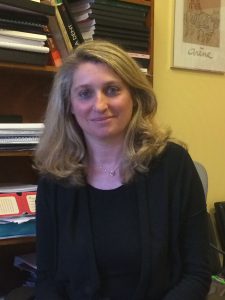Oro-facial Pathophysiology and Tissue Engineering

Pr Catherine Chaussain
Pr, DDS, PhD, HmR

Dr Sylvie Babajko
Research Director, PhD, HmR
TEAM 1) ORO-FACIAL PATHOPHYSIOLOGY AND TISSUE ENGINEERING (C Chaussain and S Babajko) affiliated to ITMO Physiopathologie, métabolisme, nutrition and the CSS3 address the main pathologies affecting the orofacial tissues, with inflammatory, chronic, environmental or genetic causes and to propose therapeutic strategies of regenerative medicine. This team study both rare diseases and common disorders that may appear during development or with ageing, which affect a large part of the population in France, Europe and worldwide with a high cost for health systems and for patients. These pathologies are the source of a very significant deterioration in the general health and quality of life (functional and aesthetic disorders and pain). Team 1 has a high societal and economic impact. Team 1 mainly encompass members of the MOP team and BRIO and LabNOF units, as well as several isolated researchers that develop complementary and collaborative research.
This rich interdisciplinary environment is addressed through two major themes.
Themes
Oral Chronic inflammatory diseases, pain and repair
Environmental and genetic oral disorders
